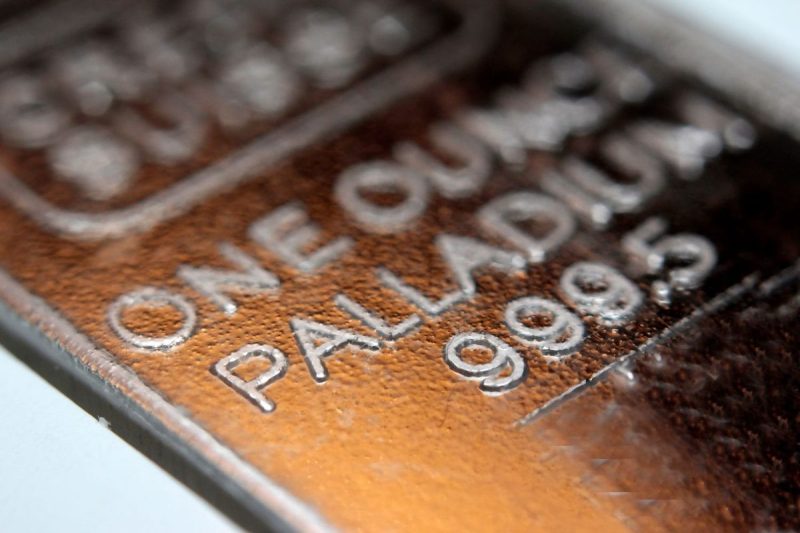In the realm of global economic diplomacy, the recent surge in the prices of precious metals has sparked a wave of speculation and strategic maneuvers among world powers. The United States’ push for G7 sanctions and the BRICS nations’ focus on exploring alternative trade pathways have set the stage for a multifaceted reconfiguration of international trade dynamics.
With the US aggressively advocating for sanctions against G7 countries, primarily targeting Russia and China due to geopolitical tensions, the prices of precious metals have experienced a sharp spike. The Platinum Group Metals (PGMs), including platinum, palladium, and rhodium, have emerged as focal points of this economic turbulence, given their essential role in various industrial processes such as catalytic converters and electronic components.
The strategic maneuvering by the US to rally support for sanctions within the G7 framework has ripple effects on the global economic landscape. As G7 countries seek to align their policies in response to US pressure, the demand for PGMs has surged, driving up their prices and reshaping the dynamics of the precious metals market.
Simultaneously, the BRICS nations – Brazil, Russia, India, China, and South Africa – are closely monitoring these developments and strategically positioning themselves to explore alternative trade pathways. In the wake of escalating tensions and economic uncertainties resulting from the US-led sanctions drive, the BRICS bloc is eyeing new opportunities to enhance intra-BRICS trade cooperation and reduce reliance on traditional Western markets.
The recent surge in PGM prices has added a complex layer to the ongoing geopolitical and economic dynamics, further intensifying the competition among major powers for control over critical resources and supply chains. As the US pushes for sanctions and the BRICS nations pivot towards trade diversification, the global economic landscape is witnessing a strategic realignment that could have far-reaching implications for the future of international trade relations.
In conclusion, the surge in PGM prices triggered by the US-led push for G7 sanctions and the BRICS nations’ pursuit of alternative trade pathways underscores the interconnected nature of global economic diplomacy. As major powers jockey for dominance and strategic leverage in a rapidly evolving geopolitical landscape, the dynamics of the precious metals market serve as a microcosm of the broader shifts reshaping the world order. The intersection of politics, economics, and resource management in the current scenario highlights the delicate balance of power and interests that define the contemporary international arena.




























